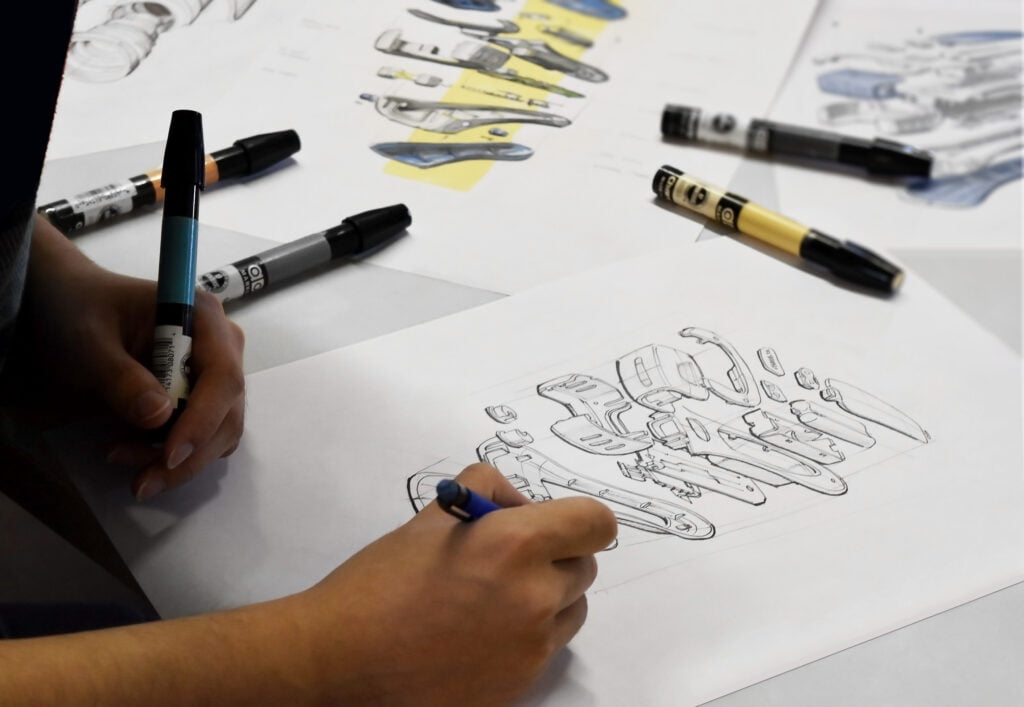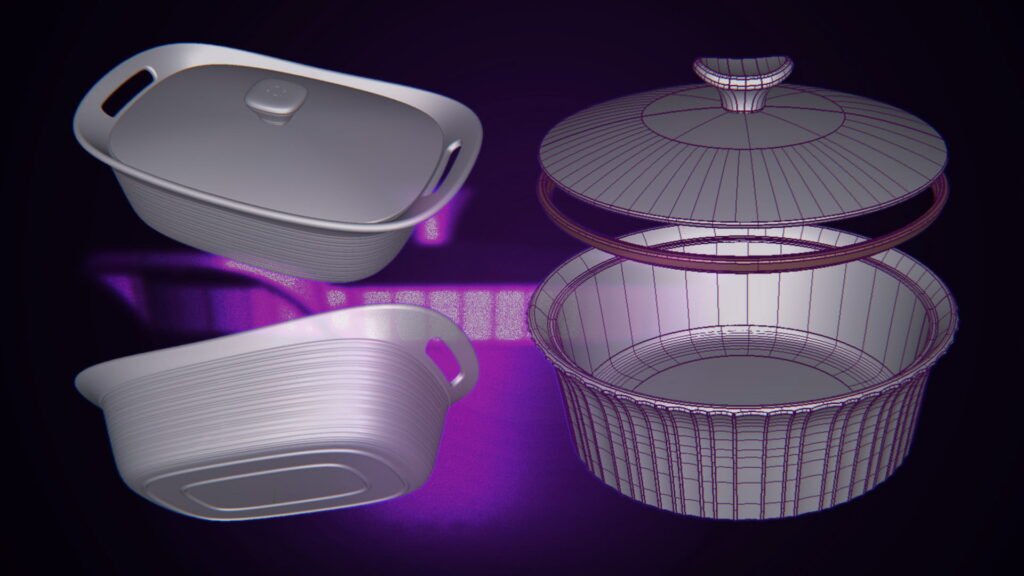It is essential for industrial designers and mechanical engineers to work in harmony during the product development process. But how do they defer in their approaches to this discipline? In this article, we’ll let you know the similarities and the differences between mechanical engineering and industrial design.

Industrial Design
Industrial designers are specialists in blending aesthetics, functionality and the user experience. They follow a design process grounded in creativity and human-factors, to generate products which are not only practical but also user-centered. Designers are skilled at understanding market trends, user needs, and functional requirements. They use sketching, rendering and 3d modeling to communicate these ideas. In addition, they follow an iterative process of ideation, prototyping, and user-testing during development. Consequentially, this ensures that the product meets the needs of the user, and uncovers any pain-points for future development. Furthermore, industrial designers work closely with engineers and manufacturers to ensure products are cost-effective for production. In a nutshell, industrial designers follow an ‘outside-in approach’, prioritizing the user-experience of a product.
Mechanical Engineering
Mechanical engineers specialize in the design, development and manufacture of mechanical systems. Rooted in scientific principles, mechanical engineers focus on developing the functionality and reliability of a product. Mechanical engineers understand how objects respond to various conditions and forces. They use their knowledge of physics, materials science and mathematics to analyze mechanical systems within a product. Prioritizing performance, reliability and manufacturability, they develop and test their designs with the help of computer aided design software (CAD) and simulation tools. IN a nutshell, mechanical engineers follow an ‘inside-out’ approach, prioritizing product performance and manufacture.

CAD model of crock-pot design
Despite their differences in focus, many of the responsibilities of engineers and industrial designers overlap throughout the design process. They must work collaboratively with clients, marketers, and manufacturing experts throughout the development of the product to ensure that the product is cost-effective and meets the final design requirements. Both of these disciplines also require very strong technical skills in areas such as prototyping, CAD modeling and material selection. Although the two fields vary in their roles within product design, they both require very distinct problem solving skills and creativity. Their distinct differences in focus work in harmony to create innovative products which align with user needs.